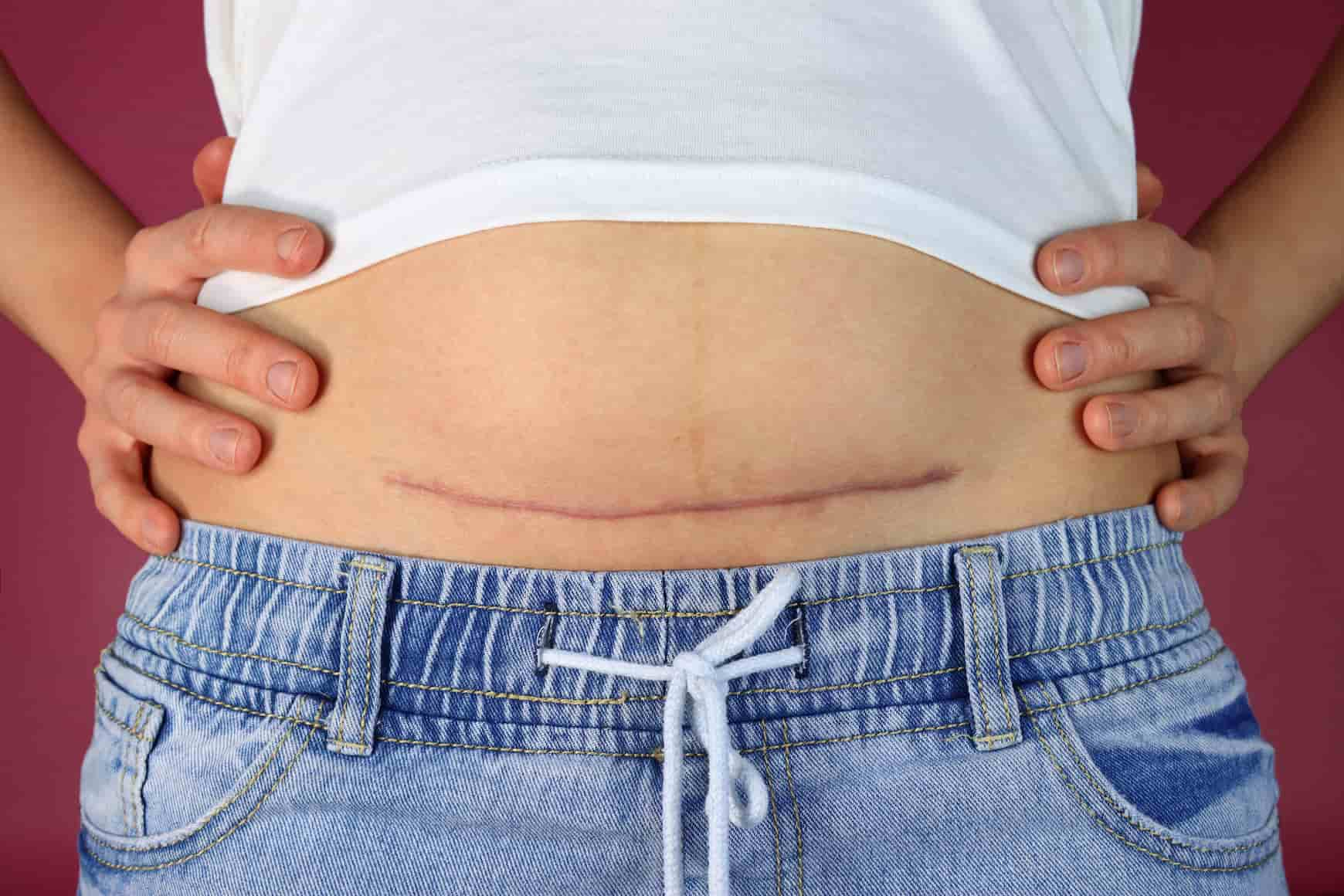
Urinary Incontinence
Urinary incontinence, or the involuntary leakage of urine, is a common condition that affects millions of people worldwide. While behavioral interventions and medications can be effective for some individuals, others may require more advanced treatments. In recent years, minimally invasive treatments have emerged as a promising option for managing urinary incontinence. In this article, we will explore two of these treatments: injections and implantable devices.
Surgical techniques for urinary incontinence are fast, safe, and only slightly invasive. The procedures range from a complete urethral bulking injection to the insertion of devices to supplement or replace the functioning of the urinary sphincter. Endoscopic or open surgery can be used to perform these procedures. Anaesthesia is used, which can be local, spinal, or general. The results are very good, and urine leakage usually stops right away.
The most common and effective treatments for both male and female urinary incontinence involve a minor procedure. They are more effective and definite than non-invasive procedures.
The benefits (higher effectiveness) and drawbacks (need for a minimally invasive technique) of each type of treatment must be considered for each patient. These treatments need anesthesia, however, patients are frequently discharged from the hospital on the same or the following day. Surgical procedures and the way they are performed depend on the technique chosen. Some are performed endoscopically, such as bulking injections, while others involve making a small incision in the skin.
Implantable Devices for Urinary Incontinence
Implantable devices represent another approach to the treatment of urine incontinence that is classified as minimally invasive. These devices are often created to support the urethra or the neck of the bladder, so assisting in the improvement of bladder control and lowering the likelihood of leakage.
The urethral sling is an example of a device that can be implanted into the body. Implantation of this device around the urethra to give additional support often involves the use of synthetic material for the device’s construction. The compression provided by the sling on the urethra helps to stop urine from escaping the body.
The bladder pacemaker is yet another example of an implantable medical device. This apparatus is intended to stimulate the nerves that control bladder function, and it is often implanted under the skin of the abdomen to achieve this purpose. The bladder pacemaker assists in enhancing bladder control and lowering the likelihood of leaks.
For minimally invasive treatments for urinary incontinence, the implantation of an implantable device takes place in an outpatient setting and may require either general or local anesthesia. The length of time it takes to recover is contingent on the kind of device that was implanted; nonetheless, the majority of patients can return to their typical activities within a few weeks.

The Newest Treatment For Incontinence
Minimally invasive treatments for urinary incontinence are contingent on the type of incontinence present, the severity of the condition, and the underlying cause of the problem. Several different treatments may need to be used in conjunction with one another. Your symptoms may be the result of an underlying ailment, in which case your doctor will focus first on treating that problem.
Electrical Stimulation for Urinary Incontinence
Alterations to a person’s way of life, in addition to the use of medication, are essential components of an effective treatment plan for overactive bladder. Electrical stimulation is yet another technique that might be utilized as a backup plan if the aforementioned approaches are not successful.
OAB is caused by a muscle in the bladder that contracts an excessively significant quantity. This muscle, which is referred to as the detrusor, is in charge of squeezing urine out of the body. The goal of employing electrical stimulation to halt these contractions is to cut down on the number of times a person needs to go to the bathroom to relieve themselves during the day.
Electrical stimulation may not cause any pain at all or it may cause excruciating pain. A vaginal or anal probe is inserted into the patient’s body to send an electric current through the bladder muscle. Alternatively, a needle can be inserted into the tibial nerve to send the electric current through the tibial nerve. These therapeutic modalities fall under the category of being noninvasive. A branch of the sciatic nerve, the tibial nerve travels from the region behind the knee to the area around the ankle.
An intrusive option for minimally invasive treatments for urinary incontinence is one in which electrodes are surgically inserted within the body to stimulate one of the sacral nerve roots, which are located in the lower back. Electrical stimulation for an overactive bladder is a safe and one of the most effective ways to reduce the muscle contractions that cause the condition.
The Study of Minimally Invasive Treatments for Urinary Incontinence
According to a study published in the Journal of Urology, researchers conducted a clinical trial to evaluate the efficacy of minimally invasive treatments, including injections and implantable devices, for urinary incontinence. The study involved a group of patients who had not found success with traditional treatments. The results showed that these minimally invasive approaches provided significant relief from urinary incontinence symptoms, with a high rate of success and minimal discomfort reported among participants.
Healthy Türkiye Notes
Injections and implantable devices are two promising minimally invasive treatments for urinary incontinence. These treatments can provide significant relief for those who have not found success with other treatments, and they are typically associated with minimal discomfort and a quick recovery time. If you are struggling with urinary incontinence, talk to your healthcare provider about whether these treatments may be right for you.



